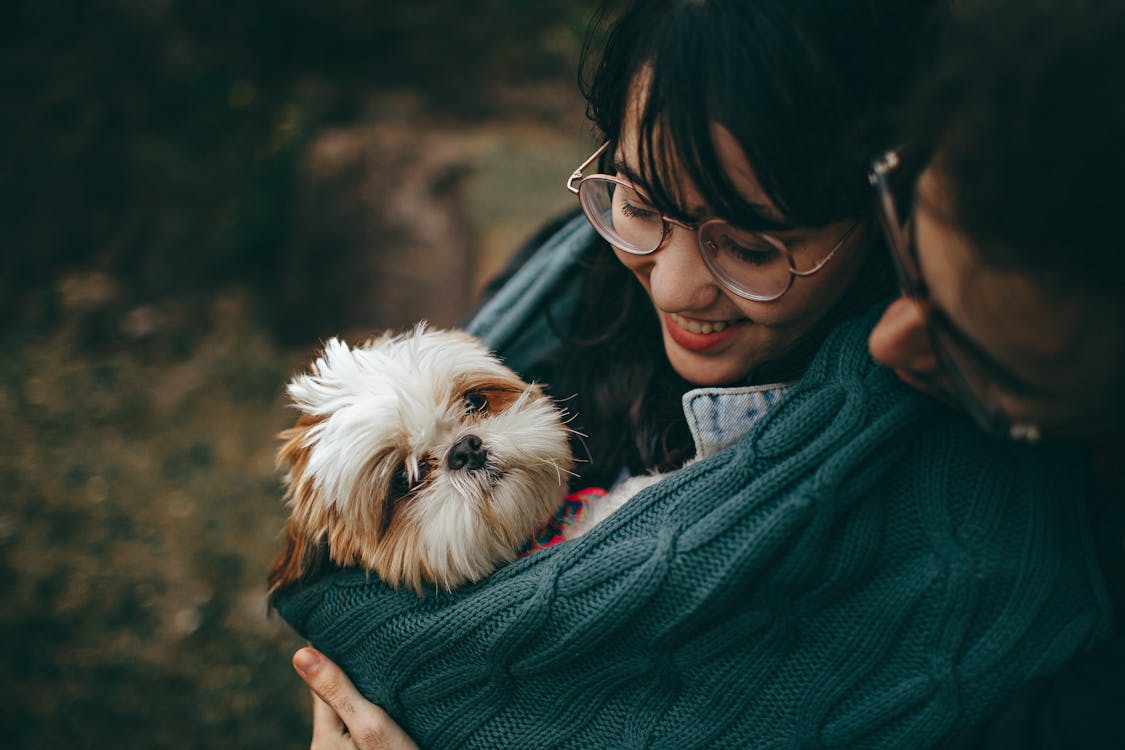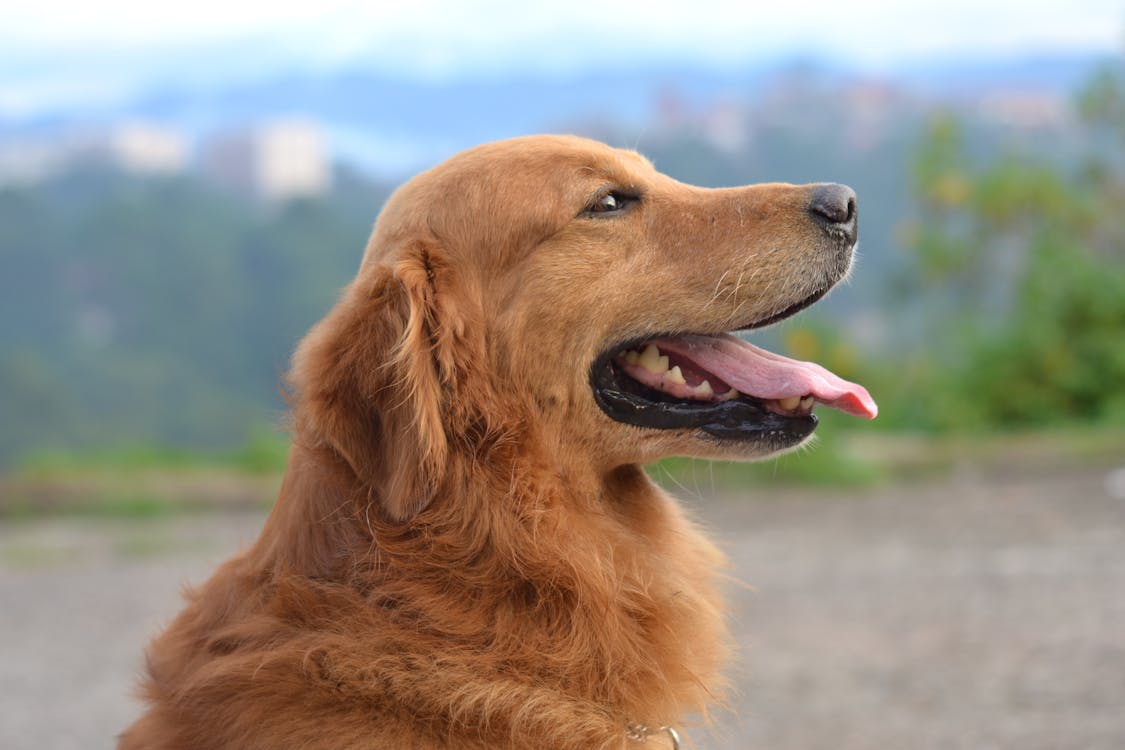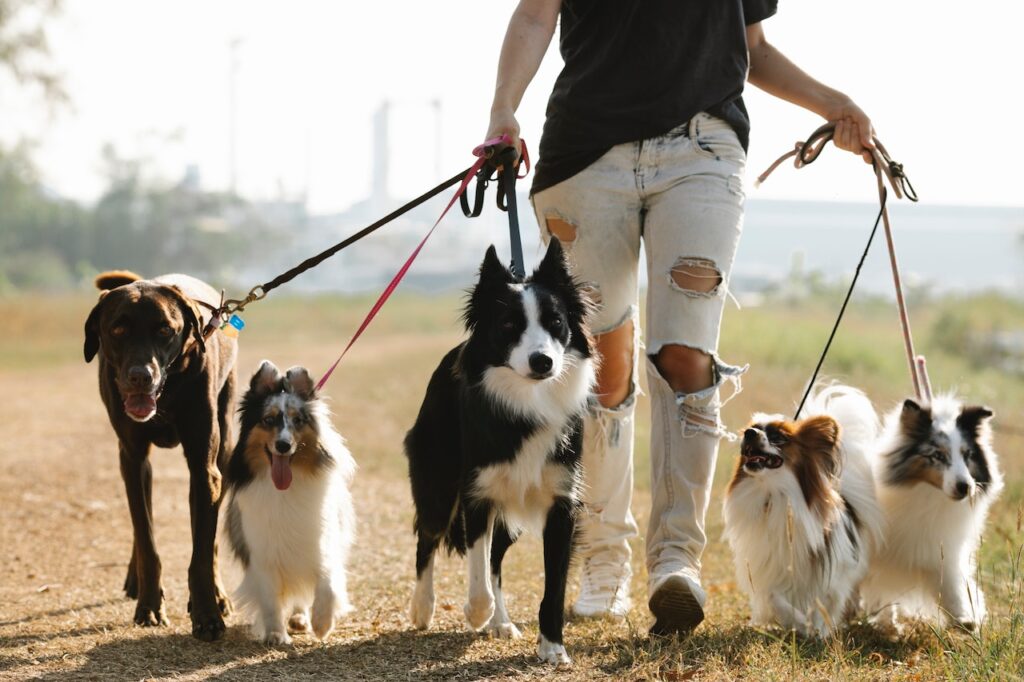Dogs have been our faithful companions for thousands of years, forming a bond with humans that transcends cultural boundaries. Throughout history, different cultures have nurtured and bred their own unique canine companions, each with distinct traits and characteristics. From herding dogs in Scotland to ancient lapdogs in China, the diversity of dog breeds around the world is a testament to the special place these furry friends hold in various societies. In this article, we will embark on a journey to explore the fascinating world of dogs around the globe, uncovering the unique breeds and traditions that have shaped the canine-human relationship in different cultures.
Akita Inu – Japan:

The Akita Inu, originating from the snowy regions of northern Japan, is a breed renowned for its loyalty and courage. Traditionally, Akitas were revered as symbols of strength and prosperity in Japanese culture. In the early 20th century, a story emerged of an Akita named Hachiko, known for his unwavering loyalty to his owner. Even after his owner’s death, Hachiko continued to wait at the train station every day for nearly ten years. Today, a statue of Hachiko stands as a symbol of fidelity and devotion in the heart of Tokyo.
Scottish Collie – Scotland:
The Scottish Collie, also known as the Rough Collie or the Border Collie, is an intelligent and hardworking breed with strong herding instincts. For centuries, these dogs have been an integral part of Scottish rural life, assisting shepherds in managing flocks of sheep in the Scottish highlands. Their agility, intelligence, and ability to anticipate the sheep’s movements have made them invaluable working partners.
Basenji – Congo:

The Basenji, often referred to as the “barkless dog,” hails from Central Africa, particularly the Congo region. This unique breed is known for its yodel-like vocalizations instead of traditional barking. Basenjis have a rich history in African societies, where they were used for hunting small game and acting as companions to local tribes. Their distinctive appearance and vocalization have made them a beloved and intriguing breed in various cultures.
Chihuahua – Mexico:
Originating from the state of Chihuahua in Mexico, the Chihuahua is one of the world’s smallest dog breeds. Revered by ancient civilizations, including the Aztecs, the Chihuahua is believed to have religious and ceremonial significance in Mexican culture. These tiny dogs have become symbols of companionship and loyalty, adored for their affectionate and fearless nature.
Siberian Husky – Russia:

The Siberian Husky, with its striking appearance and thick double coat, has its roots in the harsh climates of Siberia, Russia. Bred by the indigenous Chukchi people for sled-pulling and transportation, Huskies are known for their endurance and teamwork. The annual Iditarod Trail Sled Dog Race in Alaska pays homage to the history of these remarkable dogs and their contributions to transportation in the Arctic.
Dachshund – Germany:
The Dachshund, or “wiener dog,” is a German breed famous for its long body and short legs. Bred to hunt burrowing animals such as badgers, foxes, and rabbits, Dachshunds are tenacious and courageous despite their small size. In Germany, these dogs have become cultural icons and symbols of German heritage and loyalty.
Shih Tzu – China:

The Shih Tzu, with its long, flowing coat and regal appearance, has deep roots in ancient China, dating back over a thousand years. Originally bred as lapdogs for Chinese royalty, Shih Tzus were treasured for their beauty and companionship. Their name, “Shih Tzu,” translates to “lion dog,” symbolizing their resemblance to lions, which were revered creatures in Chinese culture.
Australian Cattle Dog – Australia:
The Australian Cattle Dog, also known as the Blue Heeler or Queensland Heeler, is a breed developed in Australia for herding cattle over vast distances. Their remarkable intelligence, endurance, and agility have made them indispensable working dogs on Australian farms. Today, these dogs are known for their boundless energy and loyalty to their families.
Golden Retriever – United Kingdom:

The Golden Retriever, originally bred in Scotland, has become one of the most beloved dog breeds worldwide. Their friendly, gentle nature and intelligence make them excellent family pets and companions. The breed’s versatility has led to their use in roles such as search and rescue, therapy work, and assistance for individuals with disabilities.
Shiba Inu – Japan:
The Shiba Inu, a small and agile breed, is one of the oldest dog breeds native to Japan. Bred as hunting companions for small game, Shiba Inus are known for their independent and spirited personalities. In recent years, the popularity of Shiba Inus has grown globally, with many people drawn to their fox-like appearance and charming demeanor.
The diversity of dog breeds around the world reflects the unique relationships that humans have forged with these loyal companions over millennia. From their roles as working partners to their significance in cultural traditions and beliefs, dogs continue to play essential roles in various societies. The special qualities and characteristics of each breed, shaped by the environments and cultures they come from, remind us of the rich tapestry of the canine-human bond. As we celebrate these extraordinary dogs and the cultures that cherish them, we are reminded of the shared history and love that unites us with our canine friends across the globe.


